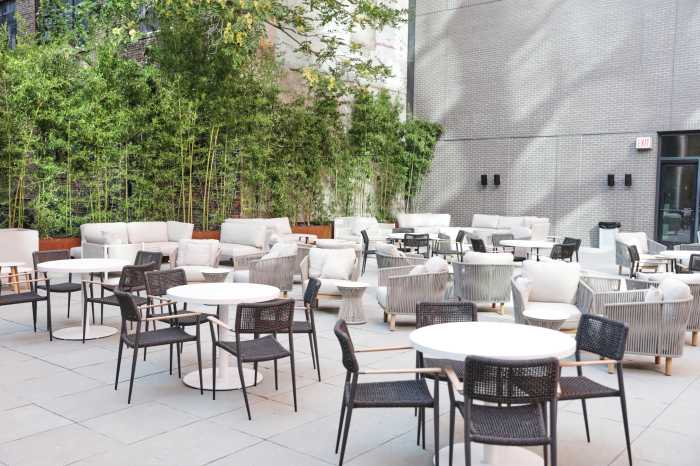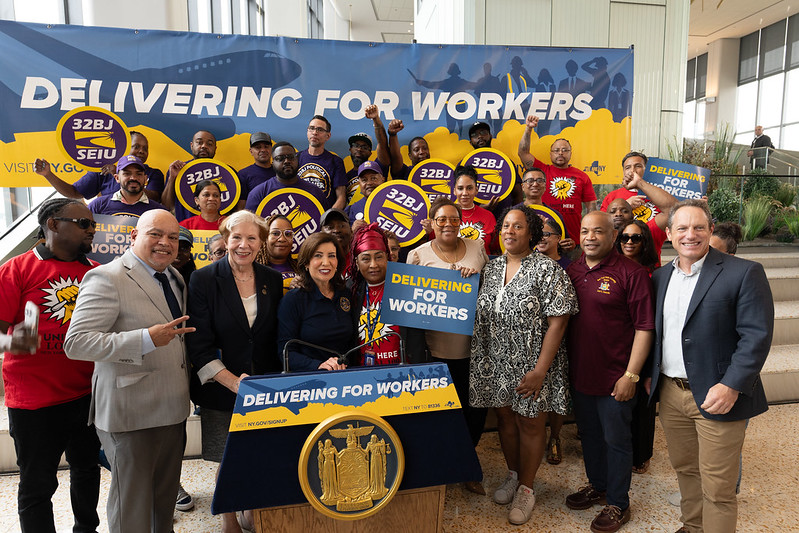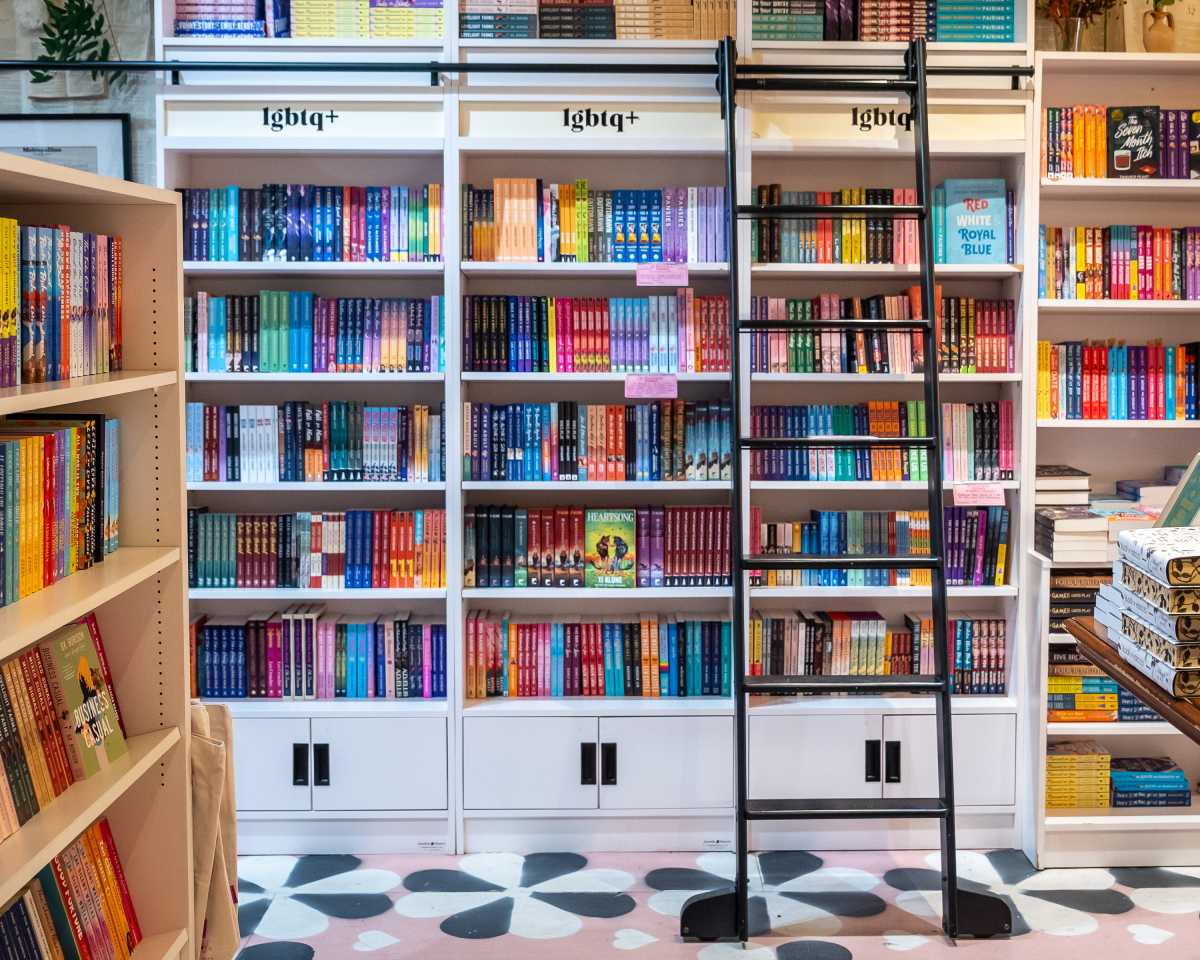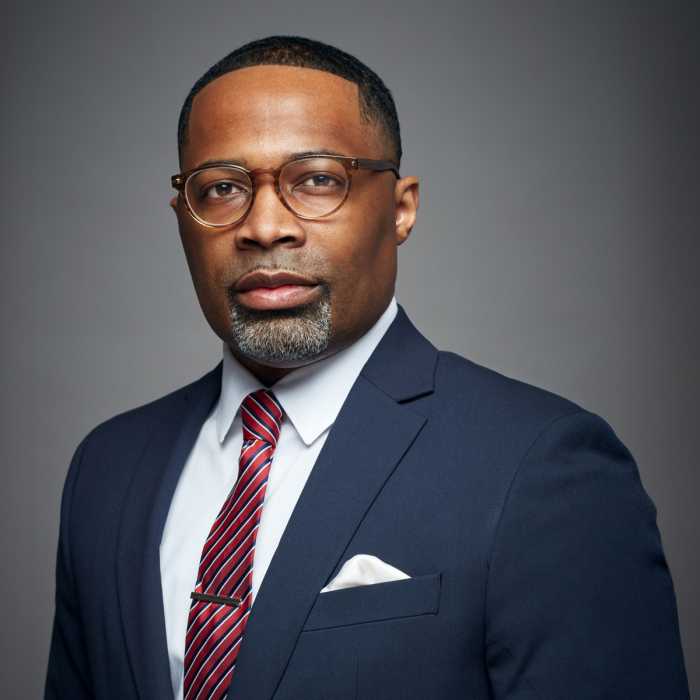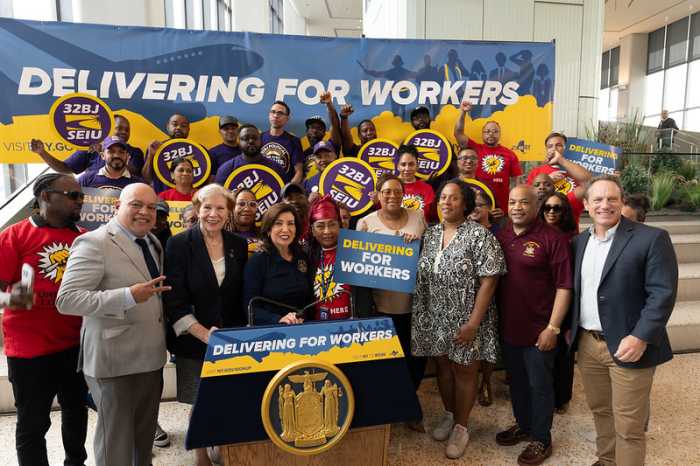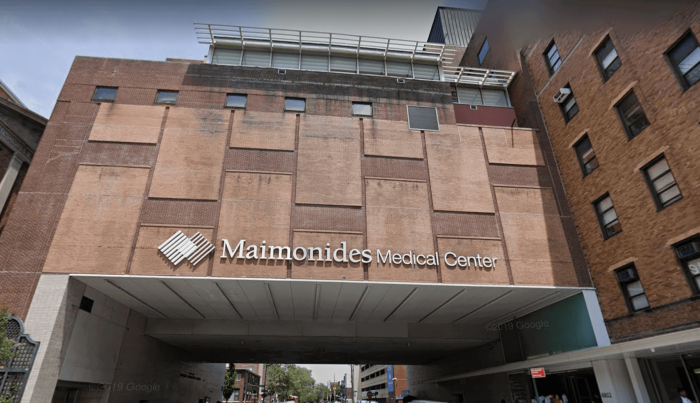By David Stanke
With the selection of the modified Reflecting Absence as the World Trade Center Memorial design, the Lower Manhattan Development Corp. and the memorial jury has accomplished their most important objective: to bring closure to the various interests participating in the memorial process. The design provides insights into our cultural attitudes and values and our politics. The latest alterations have also dramatically changed the message of the memorial and expanded the cost of an already expensive memorial program.
The original design selected by the memorial committee was a minimalist expression of grief via a symbolic recreation of absence, a negative space around the footprints of the trade center. It did not attempt to recreate 9/11 in a futile attempt to re-ignite the feelings of that day: fear, hatred and shock. It simply displayed the emptiness that we were left with and challenged us to find a way of filling it. The jury should have proceeded with more modest alterations to this original design.
Michael Arad’s changes, made through the guidance of the memorial jury, have inexplicably altered the message of the space. Its spiritual center of gravity has shifted downward, into a pit that will virtually recreate the 9/11 image of death and destruction. A vast space encompassing most of the footprints and spanning to the retainer wall will be filled with destroyed artifacts that had been set-aside during the recovery. This latest design has been transformed into a theme park-like attempt to draw visitors vicariously into the experience of 9/11devastation, an experience that cannot be recreated in a memorial.
The starkness of the original plaza has been filled with trees; another layer of sugarcoating to mask the bitter taste of Osama’s destruction, so carefully preserved below.
The resulting symbolism of this monument is no longer a bridge from destruction to healing. It has failed to escape emotional gravity generated by 3,000 simultaneous deaths witnessed worldwide on live television.
How did this distinguished jury take such an errant turn? Clearly, the panel heard the valid call for connecting the site to its past. That call took them to the preserved wreckage stored at J.F.K. Airport. For two and a half years, I have walked past this devastated site and felt its power to hypnotize with even a casual glance. These artifacts in the airport hanger clearly grasped their attention and the jury lost site of the more detached road they had been following. Unfortunately, I know the affect of staring too long at the wreckage of 9/11. It is not understanding and enlightenment, but paralysis and despair.
Mr. Arad and the jury may also have taken this direction out of pure human sympathy. The most active members of the victims’ families have persisted in freezing the site in the condition that they left it immediately after the recovery effort, when hope of further recoveries was lost. They have repeated their plea that any other action is a direct insult to the dead. Everyone has sympathy for these individuals. In a society with a very distant and fearful understanding of death, it is impossible to say “no” to a widow, or a father, or a sister of the deceased. It is impossible, even when their request will cause them infinite pain.
Site planners have estimated a construction cost of $350 million for the 4.5-acre memorial. Like the veneer of trees concealing the new emotional center of the memorial, this estimate conceals the full cost of this memorial. Two parcels of property to the south must be purchased to handle the buildings displaced by the memorial. The estimate also ignores the aesthetic cost of the concentration of office buildings forced to the east of the memorial. These buildings will turn Church St. into the World Trade Center canyon. Planners ignore the cost of preparing other sites to handle the underground facilities (specifically, building support systems and a bus garage) that have been displaced from the bathtub by the new memorial. They ignore the impact that this added construction will have on businesses and residents of the area. This is happening in a country that cannot even raise the funds to fully open one of our most important national symbols: the Statue of Liberty.
Reflecting Absence could have taken a different direction, more in line with its original statement. It could have integrated essential components of the W.T.C. remains into Mr. Arad’s design at the ground level. This would have been far less costly. The historic fixtures in our memory could have been exposed to the routines of our lives, to sunlight and to moonlight, to rain and to snow. Instead they have been symbolically submerged into our subconscious.
While any transcendent symbolism in the memorial has been abandoned, the memorial process has completed its appointed task. All parties can walk away claiming victory, with the possible and inexplicable exception of the firemen. The 9/11 Coalition of Families can claim the victory of preserving the footprints from the bedrock to the sky, even though a park covers most of the bathtub. Community Board 1 can claim the victory of a traversable plaza, despite losing on every other aspect of the memorial space. The Port Authority, the site’s owner, Larry Silverstein, the W.T.C. developer, and New York City can get on with designing and building the surrounding area, although the costs will be much higher. Everyone who was deeply involved in the outcome has a degree of satisfaction. But if the nation is looking for a new and inspirational symbol, it will have to look elsewhere.
Though lacking transcendent vision, the design does reflect the values our society and our country. It perpetuates the 9/11 despair and hatred as many had hoped, to ensure that we never forget what those terrorists did to us. It perpetuates the emotional whirlwind that propelled politicians to the level of national icons simply for giving confident speeches. It fans the fears that fed public support for the Iraq war and enabled the roll back of our civil liberties. Our country has taken a different approach in the past. The Lincoln Memorial commemorates a civil war over slavery that took as many as 360,000 lives with the following inscription: “Four score and seven years ago our fathers brought forth on this continent, a new nation, conceived in Liberty, and dedicated to the proposition that all men are created equal.” What inscription will we engrave on the W.T.C. bathtub wall that will give such a perspective to 9/11/2001?
David Stanke owns a condominium across the street from the W.T.C. site and is one of the founders of BPC United.
Reader Services
Also Read:



